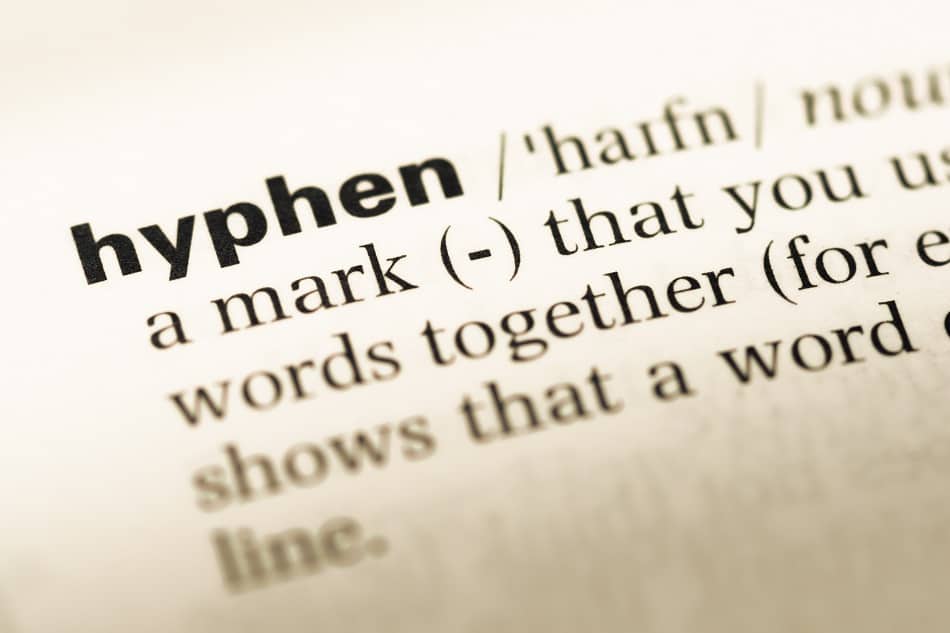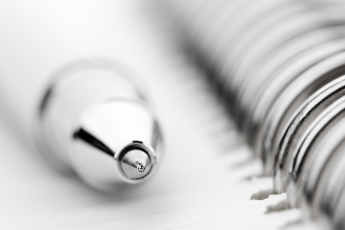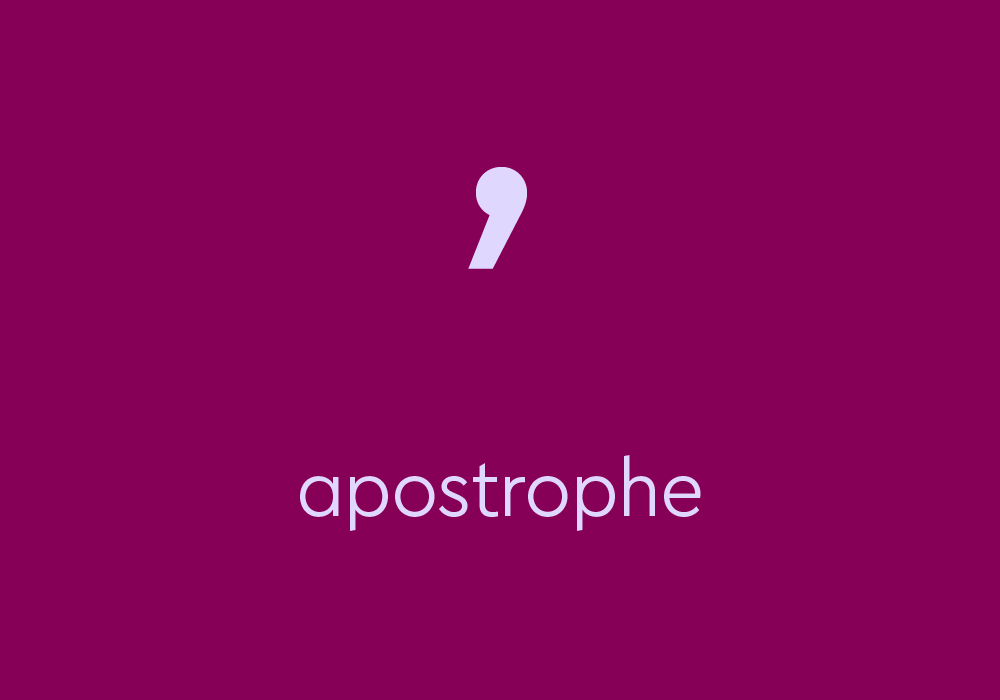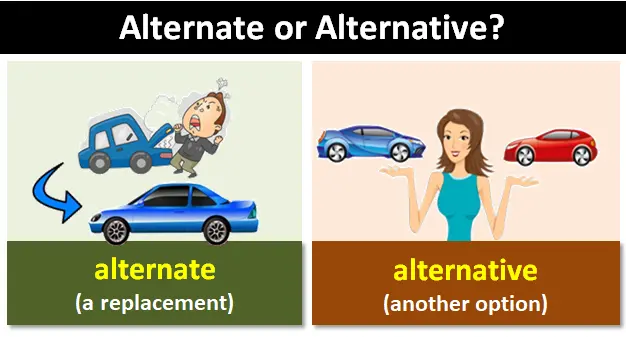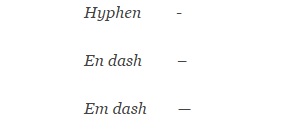While dashes and hyphens are distinct—both in appearance and function—the confusion they create (among students and academics alike) justifies their treatment in the same article, albeit an article lengthened to a two-part exposé. Part one will cover the functions and uses of dashes, while part two will cover the far less rigid…
-
-
In our previous article, we presented the theory behind the not only … but also construction. You’ll remember that this construction is a correlative conjunction. The key to the correct presentation of not only … but also is balance. Let’s look at a couple of examples from leading dictionaries accessed online. She not only wrote the…
-
If you are reading this blog, you are probably a person who frequently has to write for your studies or career. If you are, you may know that different fields, workplaces and publishers have their own preferred styles of writing. These preferences are often collected into a style guide, which…
-
In our previous article, ‘Approaching Your First Essay: A Quick Guide to Undergraduate Essays’, we outlined how to tackle your first uni essay. Particularly in your first year, undergraduate essays can be incredibly daunting. Writing a confident introduction is a necessary component of a successful undergraduate essay. This series, our quick guide to essay…
-
The purpose of a conclusion is to wrap-up the essay’s argument. In your conclusion you must do two things: Clearly restate your thesis and answer to the essay question. Summarise the arguments you’ve made throughout your essay, especially the main ideas in each paragraph. Remind the reader about the connection…
-
The previous article, ‘Using Apostrophes to Form a Contraction’, explained the first use of apostrophes. This article will outline the second use for this mark of punctuation: indicating possession or ownership. The second use of an apostrophe is to denote ownership or possession. This one becomes a bit trickier, especially…
-
The em dash is an essential punctuation mark—one that the writers of the Style Manual think the Australian public is not intelligent enough to use. According to the sixth edition of the Snooks & Co. Style Manual—as well as all the most significant texts on the correct usage of Australian English—the em dash has…
-
Welcome back to our series on ‘Commonly Confused Words’! This series aims to explain the difference between a few of the most misused or misunderstood words in academic writing. We’ve already covered the difference between ‘practice’ and ‘practise’, and ‘their’, ‘they’re’ and ‘there’. We’d love to hear from you: what…
-
Welcome to Part Two of this two-part series on the ‘Use—and Non-Use—of Dashes and Hyphens’. Part One delineated the myriad of functions served by the various dashes. Part Two faces a greater task, for the hyphen, though marvellous, serves as much as a mark of punctuation as it does a subject of contradiction.…
-
‘A dangling modifier is a phrase (or clause) out of place, as a weed is a plant out of place, making a mess of the garden.’ (Treddinick, 2008, p. 201) This is one of the most commonly encountered errors in editing: the dangling modifier. As Treddinick suggests, it truly does…
